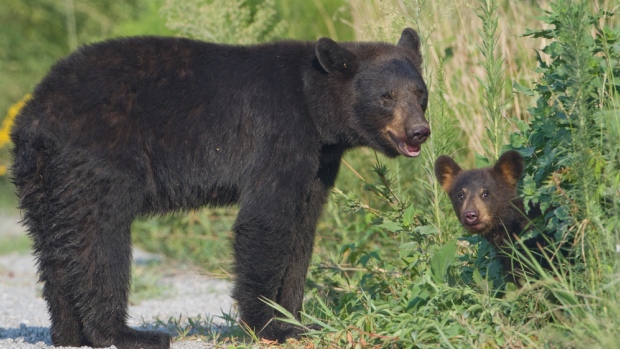by Chris McCann

After looking into both the VR and IoT space, I wanted to dig in and understand the drone ecosystem and how all of the various players fit together.
Some caveats before we dive into the analysis.
This ecosystem map is not designed to be 100% comprehensive. It’s more to understand all the different spaces within drones.
I am biased towards startups in the space.
If I am missing something tweet me @mccannatron.
This space is developing quickly so take this into consideration.
Observations
- Drones are hard to categorize. The drones (hardware) themselves are multi purpose and can be used as a tool for any function. I categorized them based on how each drone company talked about themselves on their home page (see the areas under “commercial”).
- It’s interesting to see a few drone companies verticalize and provide the hardware, tools, software, and analysis for a specific market. For example Sky Futures is for oil and gas, Avetics is for film and photography, etc.
- It’s interesting to see corporations experiment with drones, most notably in the delivery space. This includes Amazon & Alibaba and also the existing shipping companies: DHL and UPS. One report states that a Chinese Shipping company called SF express is already delivering 500 packages a day via drone. (I can’t tell how believable this is).
- There is a whole ecosystem developing around the hardware of drones including: insurance, fleet management, marketplaces, data analytics for drone data, etc.
- Once the long range programmable drones hit widespread adoption in the consumer and enterprise sector, this could be the first inflection point. For example this drone pictured below made by Airborne Drones can fly up to 90 min, is programmable, has a range up to 12 miles, and can carry 17 pounds.
Company observations
Commercial
- If you are thinking about starting or going into the commercial drone market, I would pay attention to all of the various sub industries within the commercial market. I pulled all of these from the websites of all of the commercial drone companies, on the markets they said they served.
- Sub industries within Commercial: Agriculture, Construction, Infrastructure, Oil & Gas Utilities, Mining, Inspection, Wildlife, Environment, Humanitarian, Public Safety Mapping, GIS, Surveying, Cinematography, Videography, Advertising, Law Enforcement, and Maritime.
Consumer
- From various estimates I have read it looks like DJI has between a 60% and 70% drone marketshare within the consumer space. DJI was reported to have done around $500M in revenue for 2014 and on track to do $1B in sales this year.
Marketplace
- Skycatch went from a development kit, to adding data capturing, and is now moving into and “aerial maps on demand” marketplace. They are reported to be doing very well, especially in a new market.
Insurance/Education
- Very interesting to see the big players in insurance — AIG and StateFarm — trying out drone insurance. I’d pay attention to Skyward.
- DartDrones is one of the few FAA certified drone flight schools. Depending on the FAA regulations and insurance standards, these types of schools could become important.
OS/Deploy Systems/Data
- DroneDeploy is an operation system for deploying and controlling drones programmatically. I could see them moving into the space Skycatch is in and start providing more of the full drone imaging stack.
- I would expect many more companies in the drone data/imaging space once the commercial drone sector starts to take off. Mavrx, DroneData, and AirFusion are just the beginning.









